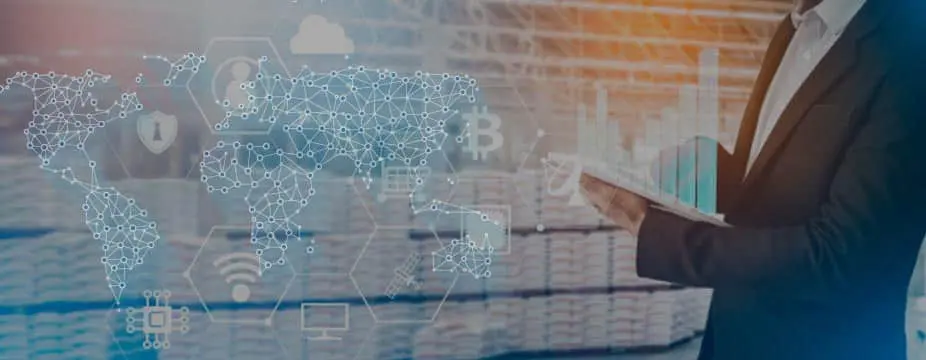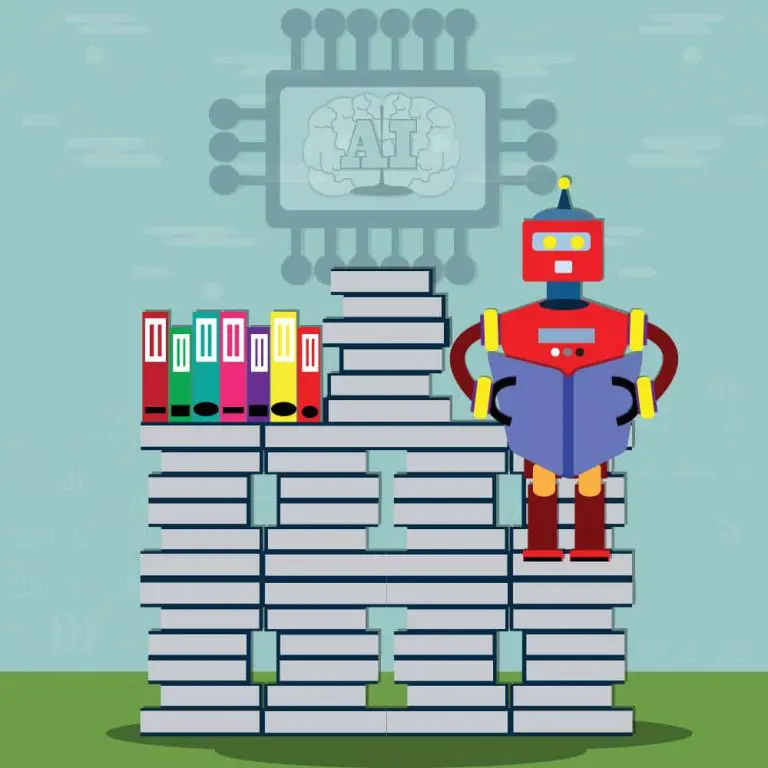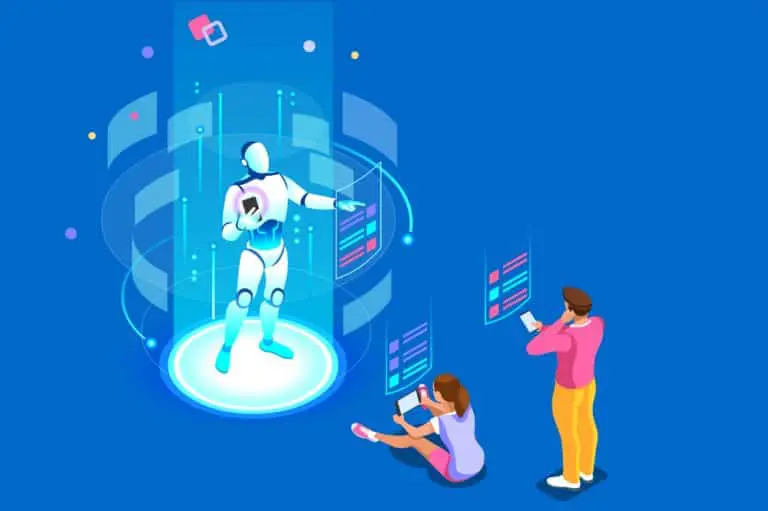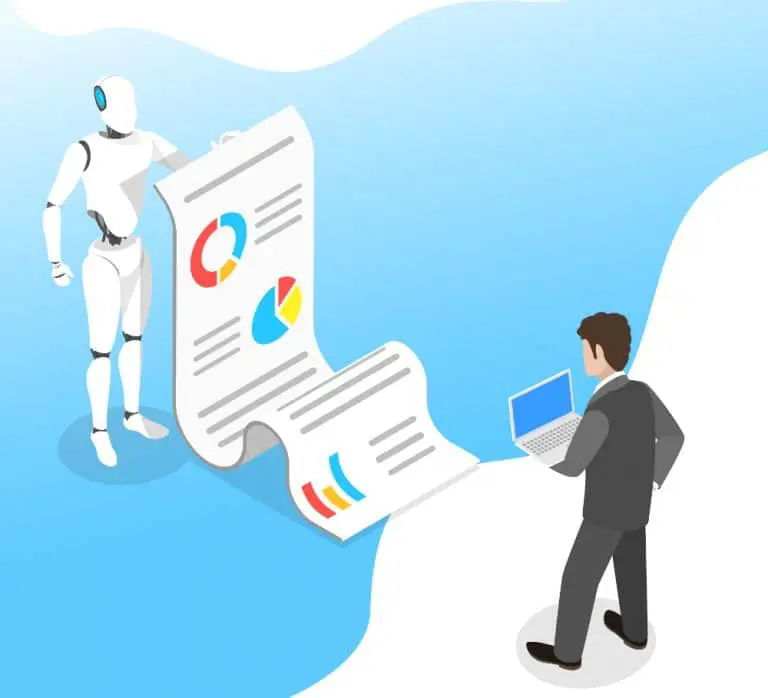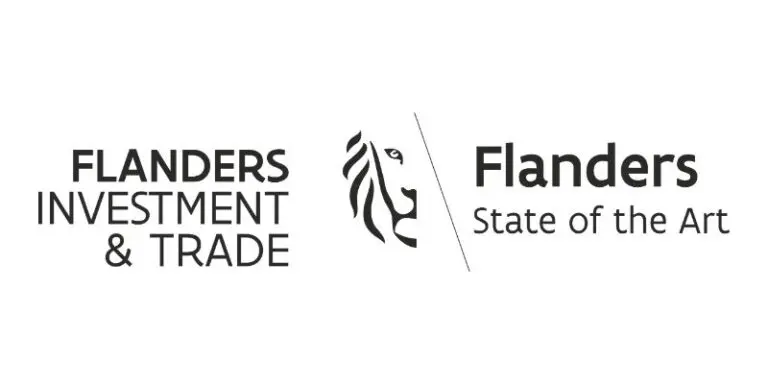Artificial Intelligence (AI) and Machine Learning are applied across various sectors and business units. Obviously, processes in which a lot of data is collected are perfect for these applications. Just think of logistics, supply chain and warehouse management. Points of attention include planning, stock quantities and duration of storage, size and quantities of orders and so much more. That is why we have listed some applications of AI and Machine Learning that create direct added value.
Track & trace in warehousing
A first series of AI applications that are used in numerous ways within logistics processes are based on Image Recognition. Where quality control during the production process in the past was often done by the human eye, nowadays there is a strong shift towards AI-driven Image Recognition. It can be used to scan products based on certain quality requirements, but it can also be used to count items, for example, before they are packed.
Image recognition can also play an important supporting role after the production process to reduce the workload in processes. Scanning labels plays an essential part in the triage and inventory of goods. These systems can process large quantities of goods automatically and if in doubt, an ultimate check can still be carried out by an employee.
Such image recognition applications can also be used with people. For example, in many logistics centers important regulations apply regarding adapted (safety) clothing. Via an Image Recognition algorithm software can be trained to scan people for wearing the right clothing, fluorescent jackets, helmets, or safety glasses. This scan can subsequently be used to give people access to certain zones or not. Such systems can also predict deviations or anomalies from normal behavior and thus play a crucial role in detecting and preventing theft or other unauthorized behavior.
Image recognition can therefore be used in numerous ways for logistics processes and flows. A characteristic of such systems is that they can process images on a very large scale and at high speed. And this with a consistently low margin of error and without, for example, fatigue or boredom having an impact on performance.
Digitale supply chain and order flow assistant
Planning logistics is a complex task in which various factors have to be taken into account. Regardless of the complexity of the planning itself, it already takes a great effort for planners to evaluate which orders may or may not be scheduled. In order to determine this, many aspects usually have to be taken into account, such as availability of drivers and type of transport, feasibility of routes and others.
Artificial Intelligence is ideal for structuring the large amount of data in this pre-planning phase, discovering patterns and thus helping to evaluate orders. An important Machine Learning function for this is classification. In a classification application, an algorithm automatically organizes certain content into user-defined classes or categories. The algorithm does this based on patterns that it has discovered autonomously in a historical dataset.
Such a classification application can be built based on a dataset of orders that were accepted or refused in the past. From this the machine can learn which factors in the past caused an order to be refused or accepted. When a new order arrives, a score can be assigned to that order by means of artificial intelligence. For this purpose, historical data is combined with real time data such as the availability of drivers or trucks. Based on this, a score can then be assigned to each incoming order. This already gives the planner a good idea of the extent to which an order can be scheduled. This means more time and breathing space to focus on the planning itself.
Automated processing of administrative orders
Another time-consuming aspect in logistics is the administrative processing of orders, requests and tickets. People are often stuck in a certain routine of how they transmit and process information. One sends an email with some loose and unstructured text, the other always provides a nice PDF with the necessary information. It is often difficult to get customers follow a standard routine, which means that information often has to be entered manually in internal systems.
An AI technique which can be very useful to relieve such an administrative burden is “Named Entity Recognition” or NER for short. This is a technique based on Machine Learning and Natural Language Processing (NLP). Via Named Enitity Recognition, a machine can be trained to recognize certain entities. Think of things such as name, VAT number, location, date, route, etc. The machine therefore recognizes these entities in documents and can capture and extract the associated information. This makes it possible to automate the manual input of information on a large scale.
Predicting ROP (reorder points) and other forecasts
Storing goods costs a lot of money: on one hand it consists of costs inherent to the physical storage of goods such as buildings, heating and electricity. On the other hand, the cash used to build up stock is not available for other investments that can generate more added value. The trick is therefore to find a good balance between as little stock as possible and still be able to deliver the requested goods from stock.
Demand for goods is typically influenced by a variety of factors, internal vs external, micro and macro economic, making it difficult for humans to keep an overview. Artificial Intelligence can help predict the right times to stock up and determine the quantities needed for optimal stock management.
This can be done by generating a forecasting model based on historical data. External data sources can be linked to these models, such as weather or traffic forecasts. Forecasting models can be made even more accurate by adding such data. The use of such models can generally contribute to better predictions of necessary stock. The same type of forecasting can also be used to predict other factors, such as the necessary staffing.
Chatbot for customer support and order tracking
Just as with customer service desks in other sectors, the same questions from customers often arise in logistics services. Just think of questions about delivery date and time or questions about return. A large number of these questions must always be answered with a similar answer. By enabling an AI-driven chatbot, all these questions can be recognized and answered automatically.
For questions that require a personalized answer, such as questions about the delivery time of goods or questions about specific orders, links with ERP or other software packages can be provided whereby the AI-driven chatbot searches the database for the specific information. In this way, questions that require a very personalized answer can also be neatly answered automatically.
By filtering the questions that can be answered easily or generically by an AI-driven chatbot, a large part of the workload for the customer support department disappears. Only the questions that cannot be answered by the chatbot will still be forwarded to the human employees, so that they can consider the more complex issues and focus more on personal service that really makes the difference.
Evaluating and selecting suppliers
A supply chain consists of many different links and steps. A crucial link is at the very beginning of the supply chain, in choosing the right suppliers. Suppliers at the beginning of the chain often have a big impact on the rest of the process. The choice of the most suitable suppliers determines the success of the business. AI and Machine Learning also play an important role in this. Insights can be obtained from collected process data regarding on time delivery, quality of service and possible potential problems or bottlenecks. This allows you to correctly assess and steer your supplier, which benefits quality at the end of the chain.
Conclusion
In activities such as logistics, supply chain and warehousing, large amounts of data are produced and captured, from production to the moment when goods finally reach their destination. These processes benefit greatly from the integration of AI or Machine Learning applications that can discover relevant insights in these enormous data flows and help to guide these processes. The versatility of the Trendskout platform lends itself to expand and manage the AI use cases described above. Do you want to know how? Please contact one of our employees, we are happy to help you.
